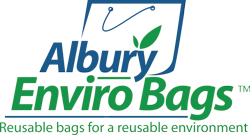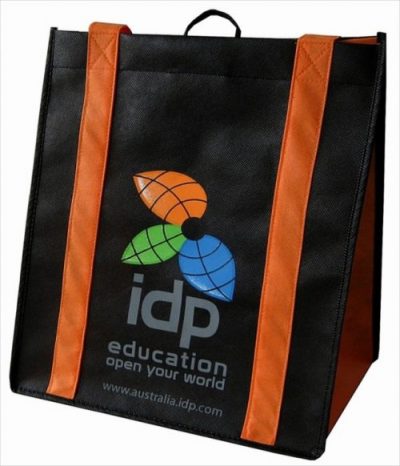Confused?
Too many options to choose from but not enough information? Read the simple guide below so you can choose exactly what you want and not be disappointed later as you learn the facts after making your purchase.
 Better environmental options*
Better environmental options*
| Fabric | Comments |
| Hemp | Its rapid growth, high output per acre, minimal need for agricultural chemicals, & its high strength, make this one of the most environmentally attractive and sustainable natural fibres. On the downside is the relatively high cost and the fact that chemical processing of fibre is often used. If mechanically processed or organic hemp can be obtained, this is ideal. Hemp canvas is very expensive but very durable. |
| Jute | Jute is one of the most popular options and compares with hemp in many ways, though not so expensive. On the downside, most consumers prefer a rigid jute shopping bag which is lined with plastic. The alternative is either unlined jute or jute which has been stiffened with starch. Another downside for jute is that most jute is processed using mineral oil. As an environmental option jute should be unlined and hydrocarbon free. |
| Certified compostable reusable non-woven corn starch | Compostable corn starch has many environmental advantages, especially in the reusable non-woven form which is capable of carrying more than 18kg and can be reused many times. This makes it very competitive with other reusable bags such as jute and non-woven polypropylene. One common criticism relates to claims it will only compost effectively in industrial composting facilities. However, with the introduction of the FOGO municipal bin system 100% compostable bags may be disposed of through the residential green bins. Consumers should check with their local authorities. Other claims of ingestion by wild life relate to the thinner single use bags, not the reusable non-woven corn starch bag. |
| Cotton canvas | Although cotton has attracted adverse publicity because of its high water and chemical consumption, canvas is recommended ahead of cotton because of its strength and durability. It is one of the more durable fabrics, especially in the heavier grades. |
| Cotton/calico | As noted above, cotton has fallen out of favour with many because of its high water consumption and its high need for agricultural chemicals. |
 Less attractive environmental options*
Less attractive environmental options*
| Fabric | Comments |
| Non-woven polypropylene & RPET | Non-woven polypropylene & RPET both have their advantages, however, because they both have the potential to add to the accumulation of microplastics in the environment better options are available. The low cost of non-woven polypropylene will no doubt continue to make this fabric the number one choice for many however. |
*Note: This classification is not definitive and reflects the opinion of the author. Canvas receives a higher rating because of its durability and potential for extended use. Non-woven PP and RPET are downgraded because of the unknown consequences of possible environmental microplastic accumulation. Additionally, certain fabrics may have more durability and better suit specific applications. These issues are up to consumers to decide.





